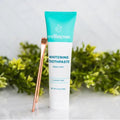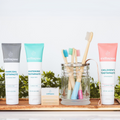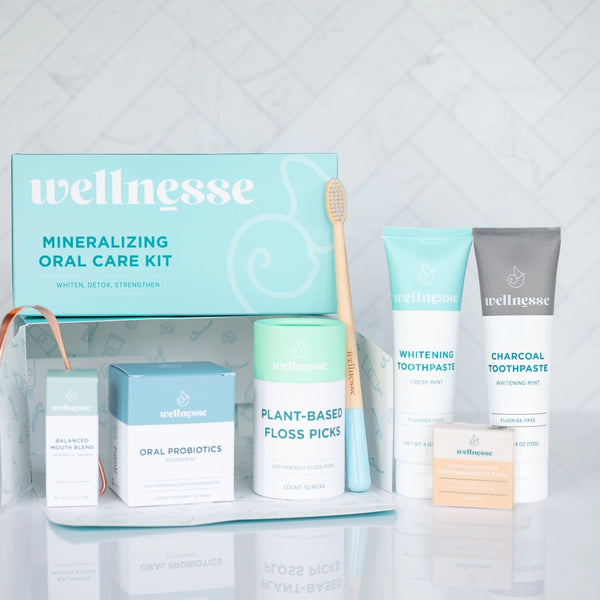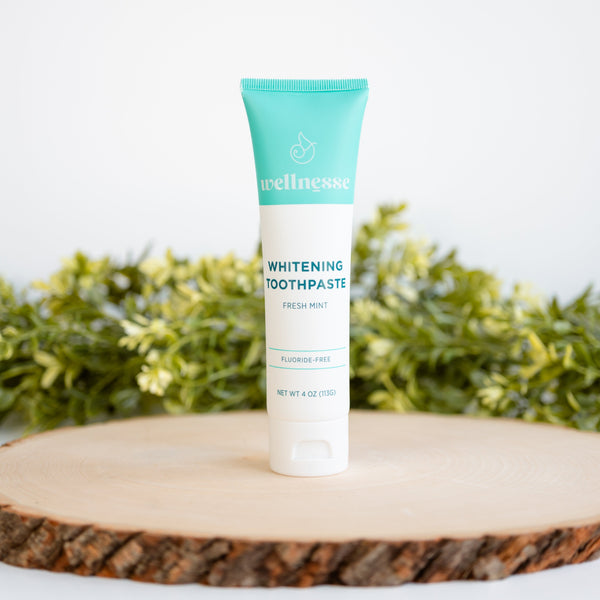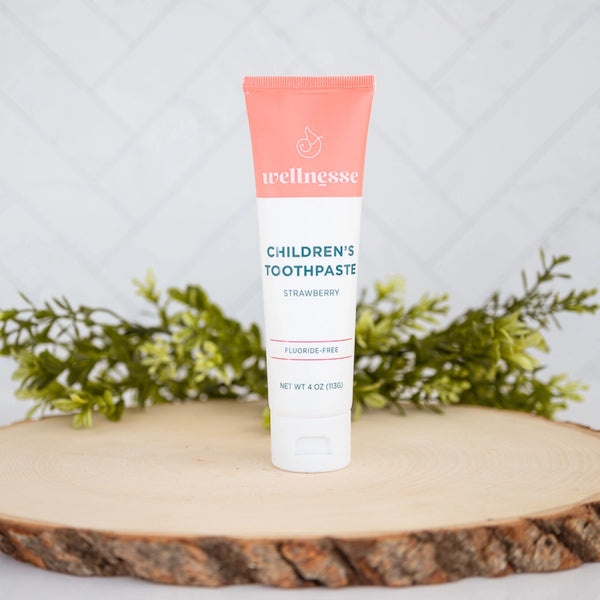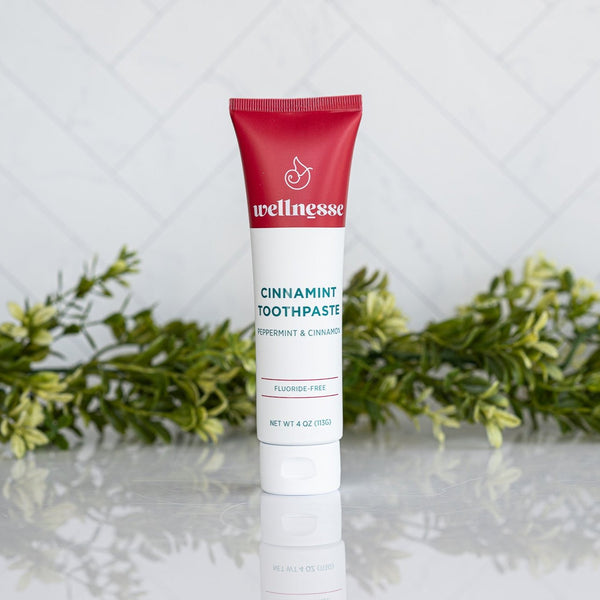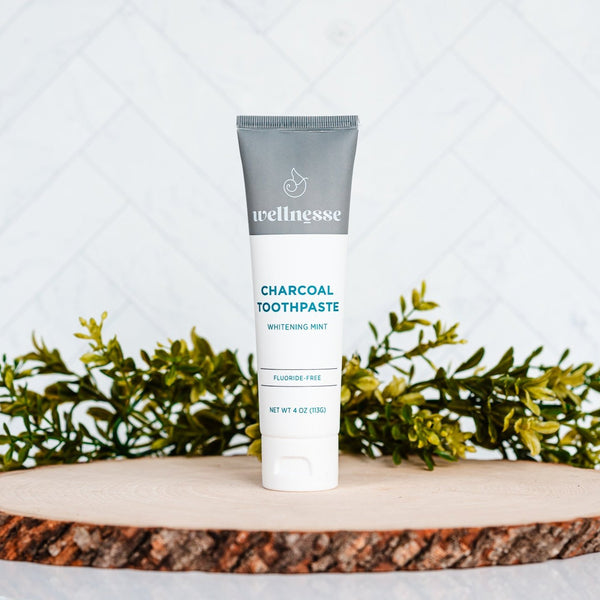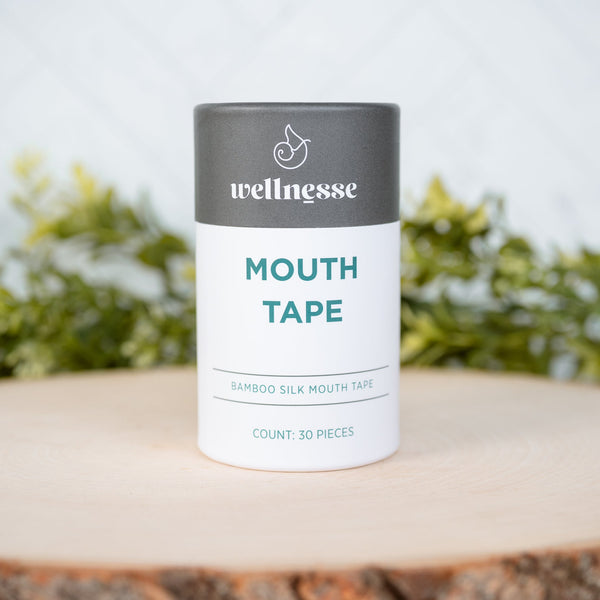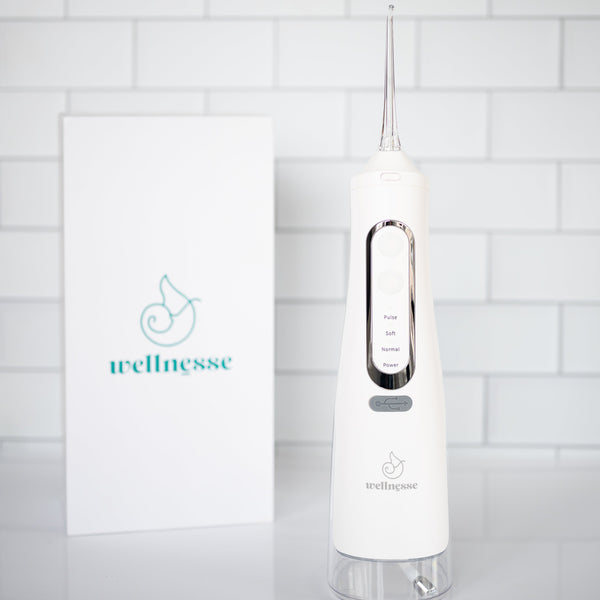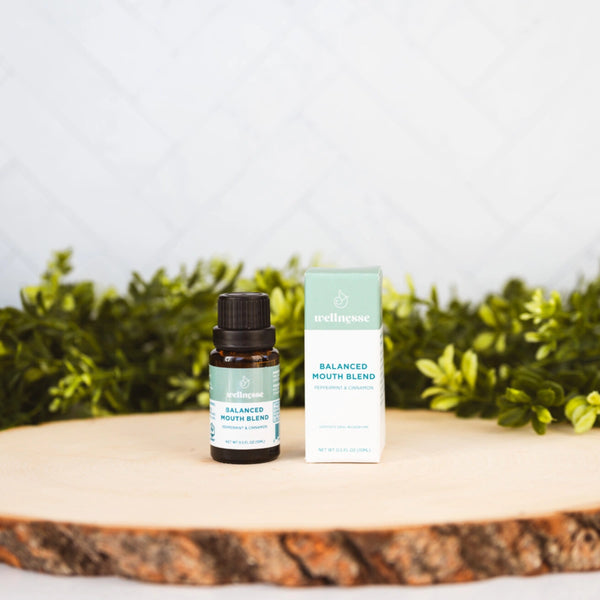Soap is a necessity of life, from cleaning up messy hands to little ones’ messy faces. While it may be one of the most used skincare products out there, not all soaps have clean ingredients. Many conventionally made soaps more closely resemble synthetic detergents than time tested traditional soap recipes.
Our skin is our largest organ and we use soap on it every day (or multiple times a day!). From washing our hands after using the bathroom, or while making a meal, to a full body wash in the shower. That’s a whole lot of lather to be exposed to on a consistent basis! Here at Wellnesse, making sure our families, and yours, have a great natural soap to turn to is a top priority.
What’s the Difference Between Natural and Conventional Soap?
If you’ve ever walked down the toiletries aisle at your local store, you may have noticed there’s no shortage of different kinds of soap. From shower gel to hand soap to bar soap, there are plenty of options. Behind all of the colorful packaging and enticing scents though are some not-so-nice-for-you ingredients.
Traditionally made natural soaps rely on a chemical process called saponification. Used for thousands of years, natural soap is a reaction between fats (like tallow or palm oil) and lye that makes for a sudsy lather. This process also naturally creates glycerin in the soap, a skin moisturizer and humectant.
Conventional soaps usually skip this process and instead rely on a blend of synthetic detergents that can be produced with petrochemicals. These can be harsh for skin, so moisturizing ingredients are also added into the mix. Then there are the artificial dyes, synthetic fragrances, and phthalates.
More brands are jumping on the natural bandwagon, including conventional soap brands. So now, along with the synthetic and potentially toxic chemicals, their labels also boast natural ingredients like shea butter or oat milk. All too often, though, these natural ingredients are in small amounts compared to the other ingredients on the label.
The Downside of Natural Soap
While natural is usually better, there are some drawbacks to some natural bar soaps. They can often be more expensive than conventional soaps, which may be cost prohibitive for some. Another common concern is that they just don’t work as well as conventional bar soap. Synthetic detergents are designed to suds even in hard water, while some natural soaps just can’t keep up.
Conventional bar soap is not only cheaper, but it’s easy to grab a bar at any big box store or local pharmacy whenever needed. However, cheaper isn’t always better!
Drawbacks of Conventional Soap
We’ve already mentioned why conventional soap has some less than ideal ingredients, but let’s dig a little deeper. Soap is something we use all over our body and it has the potential to expose our skin to a lot of harmful ingredients. And think about when kids use soap, then put their hands in their mouth. We want to make sure any residue on our skin is as safe as possible!
Here are some common ingredients in conventional soap, what they do, and their potential downsides.
-
Glycerin (synthetic) – Conventional soaps often add synthetically-derived glycerin into their soaps. Synthetic glycerin can be derived from petroleum and has a negative environmental impact. The sourcing of the glycerin can make a significant impact on your health.
-
Fragrance/Parfum – This is one of the biggest offenders in skincare products! Fragrances are linked to allergic reactions and they can be derived from phthalates and other endocrine disrupting chemicals. They also stick around in water once they’re washed down the drain and may harm water life.
-
Tetrasodim EDTA – This chemical is added to soap to help preserve it and make it perform better in hard water. However, it doesn’t biodegrade very well and it can build up in rivers and lakes. This spells trouble for aquatic life as EDTA keeps harmful metals active longer in waterways.
-
Cocamidopropyl Betaine – Made from a combo of coconut oil… mixed with a little dimethylaminopropylamine. While it is more biodegradable, this synthetic detergent is made with petrochemicals and it can release excess nitrogen into the environment. It can also cause skin irritation in certain cases.
So what’s the alternative?
The Benefits of Natural Soap
When you choose a natural soap, not only are you protecting your skin health, but you’re also making a positive impact on your environment too. While some soaps feature natural ingredients, be sure to check the ingredients label for any synthetic or potentially toxic chemicals. A few common culprits are artificial fragrances, perfumes, and colors hiding alongside healthier ingredients.
While conventional soaps may seem more convenient thanks to their ready availability, natural soaps couldn’t be easier to get! With so many healthy options available online, you can easily have your favorite soap bars shipped to your door. This makes it even easier than taking a trip to the local big box store.
Sustainably Sourced Ingredients
Natural soap is better for skin and can also be a better choice for the environment. Remember that natural soap is made from oils and fats reacting with lye to create that sudsy lather we all know and love. There are plenty of natural oils to choose from, and different ones have different advantages.
Palm oil is a common one, but all too often it’s unethically sourced and raises concerns for the environment, animals, and people around it. Unfortunately, many of the alternatives have some of the same harvesting concerns. Here at Wellnesse we only source from RSPO certified sustainable palm oil farms. This helps us have the best product that’s also mindful of the planet.
Planet Friendly Packaging
Bar soap is a great way to reduce our environmental footprint because it’s compact and concentrated, unlike large bottles of watered down liquid soap. Many natural soaps are wrapped in biodegradable paper, instead of plastic. At Wellnesse, our paper wrapper is both biodegradable and recyclable.
And speaking of plastic… some conventional soaps also contribute to plastic pollution. While plastic microbeads in wash-off products have been banned since 2018 in the US, plastics can still find their way into your soap. Synthetic polymers like PEG help to stabilize or add moisture to conventional soaps.
Some research points to PEGs' potential to break down into nanoplastics once released into the environment. Other culprits include ingredients like polyquaternium, a synthetic that doesn’t break down in the environment well. It’s estimated that 1 to 5 thousand tons of synthetic polymers enter the waterways every year in Europe alone. Once in the water, PEGs and similar chemicals can break down into small nanoplastics that can build up over time.
Does Natural Soap Work as Well?
If you get the right kind, then yes! Soap bars that pass the ingredients check should also hold up well to continued use. You want to choose a soap that is hard enough to last, but also moisturizing enough to not dry out skin.
What Makes Wellnesse Soap Different?
Obviously, Wellnesse doesn’t use synthetic detergents and harsh chemicals in our soap. But beyond that, we also feature a range of skin nourishing ingredients that are safe for the whole family to use.
Some natural soaps don’t lather well, but reviewers have noted our Citrus Body Bar does a great job creating a sudsy lather. And unlike some options, the body bar lasts for a long time and won’t “melt” if left in the shower. This helps make it a more economical choice than some options that wash away more quickly.
Plus, you don’t have to sacrifice a great scent when opting for natural soap. The Citrus Body Bar has a refreshing tangerine and orange scent thanks to natural essential oils. These not only smell great but help uplift the mood and brighten the senses. It also includes green tea leaves that add to the scent and act as a mild exfoliant.
This whole body bar is safe to use all over the body and for everyone in the family. Of course, keep it out of the eyes and use the same common sense guidelines you would use with any soap.
By opting for natural soap you can make sure you’re getting squeaky clean, without adding to your body’s toxic load. You’ll also get the added benefits of aromatherapy; no hormone disrupting fragrances necessary. And best of all you’ll be doing yourself, your family, and the planet a favor.
References:
-
Griesinger, W., Nevison, J. (1951). Synthetic Detergents from Petroleum. PROGRESS IN PETROLEUM TECHNOLOGY. 324-333. DOI:10.1021/ba-1951-0005.ch028
-
What is Greenwashing. (2024, September 13). Ethical Consumer. https://www.ethicalconsumer.org/ethical-shopping/greenwashing
-
Luther, E. (2020). Fragrance Allergy. DermNet. https://dermnetnz.org/topics/fragrance-allergy
-
Oviedo, C., & Rodríguez, J. (2003). THE CHELATING AGENT UNDER ENVIRONMENTAL SCRUTINY. Química Nova, 26(6):901-905.
-
Ul’yanovskii, N., et al. Cocamidopropyl betaine — a potential source of nitrogen-containing disinfection by-products in pool water. Environ Sci Pollut Res 31, 2314–2326 (2024). https://doi.org/10.1007/s11356-023-31315-9
-
Wilkes, R., et al. (2024). Mechanisms of Polyethylene Terephthalate Pellet Fragmentation into Nanoplastics and Assimilable Carbons by Wastewater Comamonas. Environmental science & technology, 58(43), 19338–19352. https://doi.org/10.1021/acs.est.4c06645
